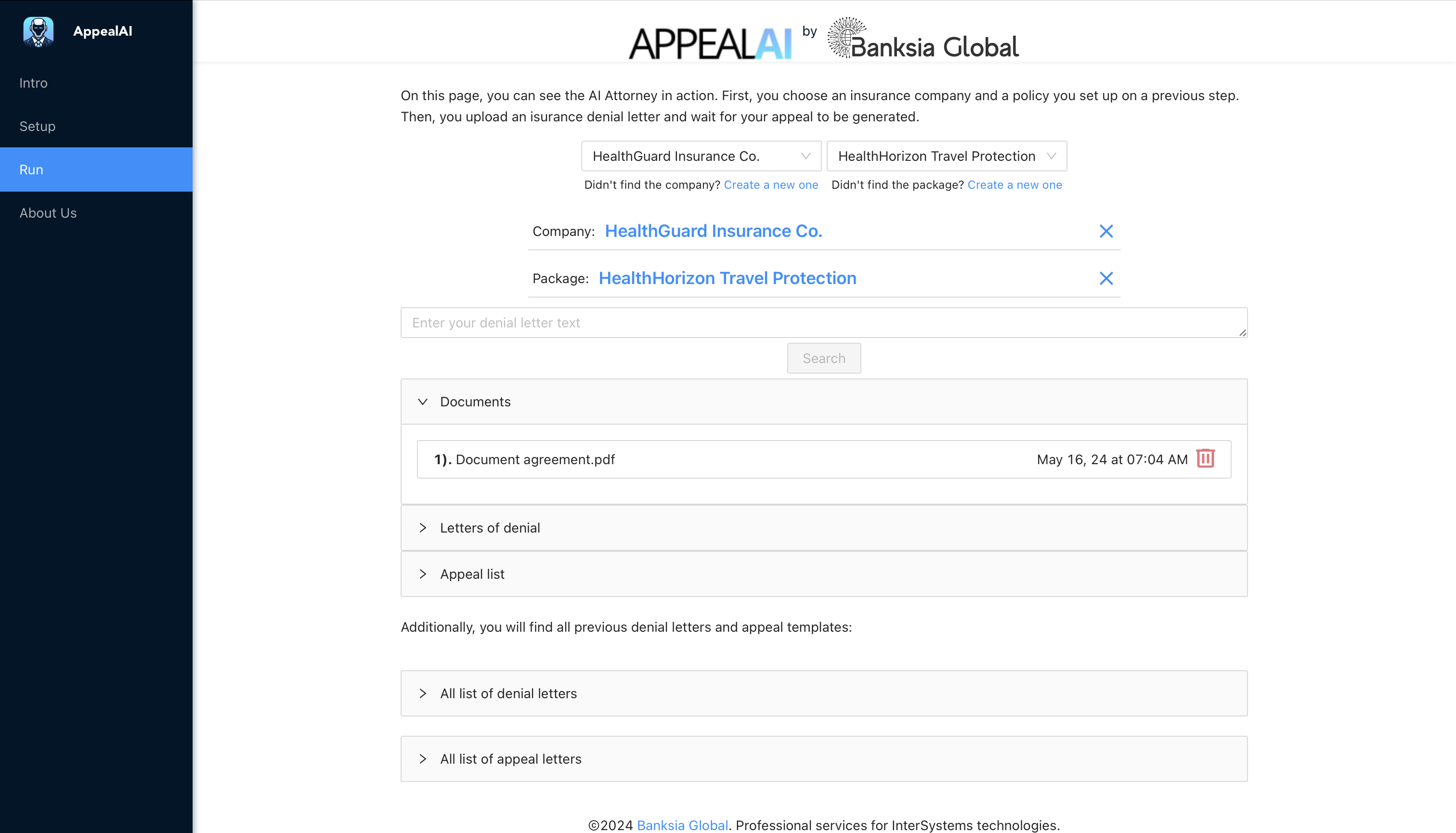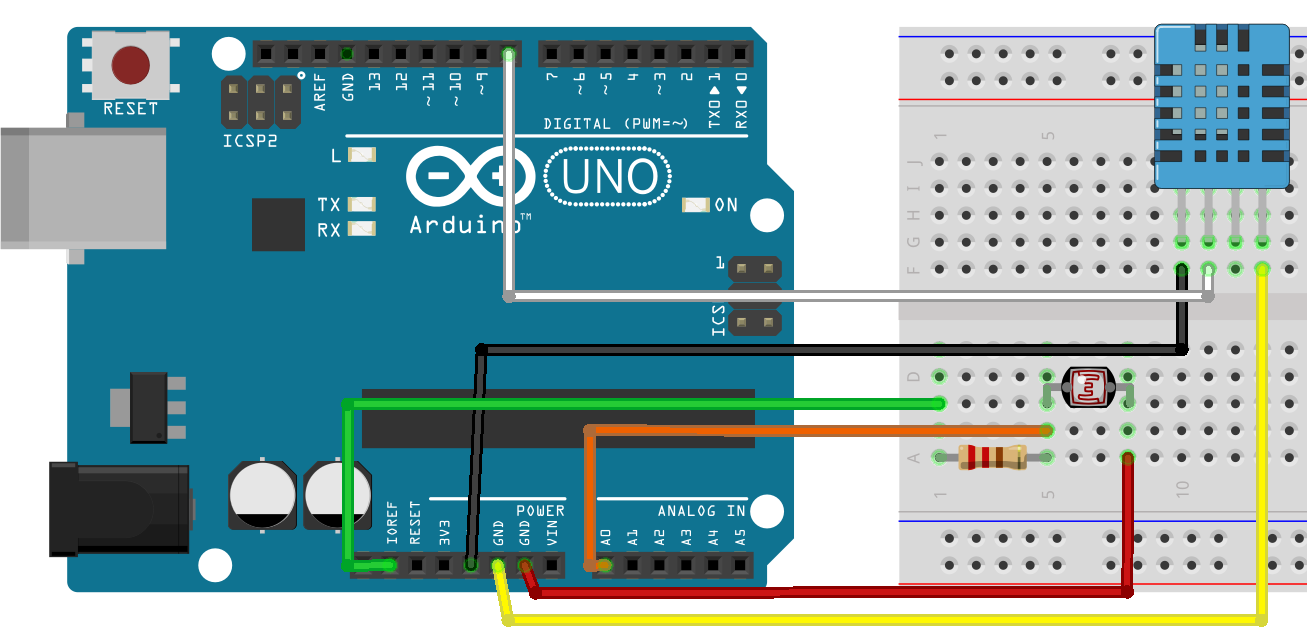InterSystems Caché globals provide very convenient features for developers. But why are globals so fast and efficient?
Theory
Basically, the Caché database is a catalog having the same name as the database and containing the CACHE.DAT file. On Unix systems, the database can also be an ordinary disk partition.


.png)

